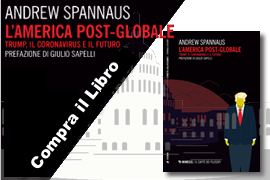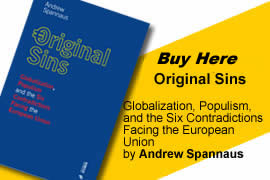One of the crucial diplomatic issues between the United States and Russia in Syria is the role of Iran. In his visit to Moscow in mid-April U.S. Secretary of State Rex Tillerson used the threat of force, unleashed on a limit scale a few days earlier, to make it clear that the Americans are willing to intervene if necessary to prevent Iran from achieving too strong of a position in Syria. The future of Assad is closely linked to this question: the West hopes that Russia will exercise sufficient pressure to force him to leave power after a short transition period.
The attempt is therefore the save the diplomatic process begun last year, while following a new strategy. The problem is that the situation on the ground has changed. Not only is Assad stronger than he was a few months ago, but the U.S. military strike has made it more difficult for others to accept Assad’s ouster. And at this point it is unlikely Russia can impose a solution against the will of Iran – that fully supports the Syrian president.
The new element would be the risk of a sharp contrast between the U.S. and Russia, a risk that it is hoped would push the Russians to make concessions to the West. It’s a risky bet, and at this point the open question is whether the other actors in the region will trust the U.S. Administration as a partner in the diplomatic process.







April 28, 2017
English, Notizie, Strategia